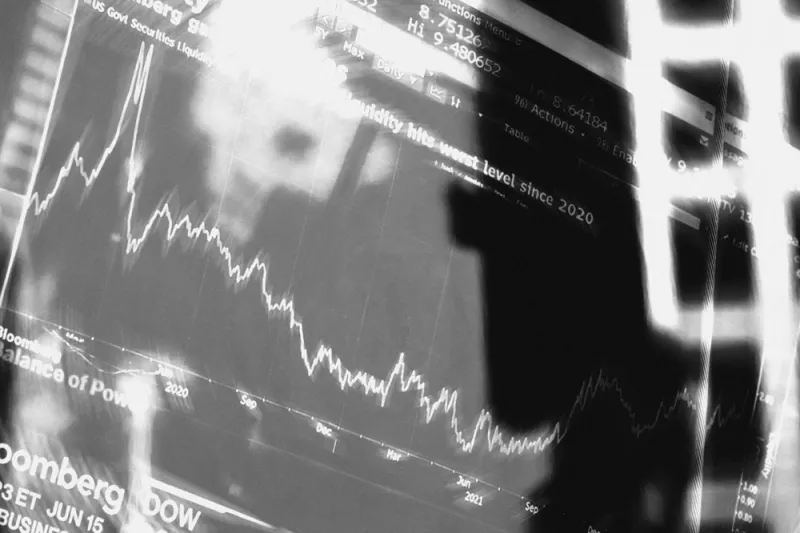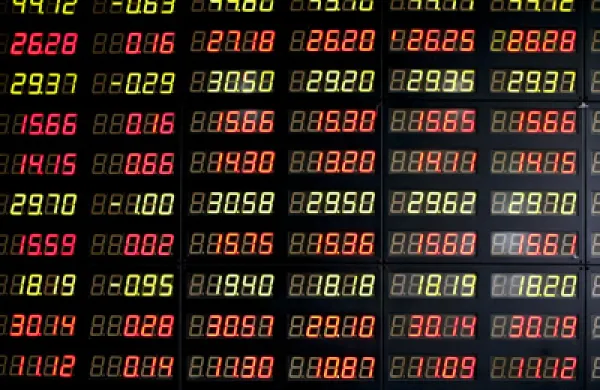Could short sellers believe that a market bottom is near? That’s the conclusion of a new report from S3 Partners showing a big drop in short selling activity in June.
Short sellers added $20 billion in new shorts during the month, a third of the amount they put on during May, the report said. Overall, short interest declined by about 7 percent during June, from $981.6 billion to $908.1 billion, with much of that decrease due to the decline in stock prices.
“Short selling is still profitable, but short sellers are not backing up their bets as heavily as they did last month,” wrote Ihor Dusaniwsky, managing director of predictive analytics at S3Partners, and Matthew Unterman, director of predictive analytics. “This may be a sign that short sellers are sensing that a market bottom is near, and they are satisfied seeing their overall short exposure shrink slightly as the market value of their existing short positions decline ahead of what may be a possible market rally.”
Growth stocks continued to be the most profitable shorts during June, with Tesla leading the way. Short sellers made almost $2 billion on a marked-to-market basis on their Tesla shorts during the month, for a 10 percent gain.
Other big gainers included crypto stocks like Block, which earned short sellers $1 billion for a 34 percent gain, and Coinbase Global, which netted short sellers $843 million for a 47 percent gain.
As oil prices began to retreat last month, short sellers also did well with energy stocks in June — in contrast to earlier in the year. The big energy winners for short sellers in June were Occidental Petroleum, which netted short sellers a $566 million gain, or 16 percent; Chevron, with a short-selling gain of $530 million or almost 16 percent; and Canadian Natural Resources, with shorts up $429 million for a 23 percent gain.
Several U.S.-listed Chinese stocks were the least profitable shorts in May, including Alibaba, which cost short sellers $818 million, for a 19 percent loss. Pinduoduo lost them $243 million or 21 percent, while JD.com cost the shorts $159 million for a 12.75 percent loss.
Despite the big increase in short selling, there isn’t as much susceptibility to short squeezes as was the case in 2021, especially after the successfully GameStop short squeeze.
“Shorts are generally just as crowded as they were at the end of 2021, but market weakness has made them much less squeezable as more stocks on the short side have been profitable trades in 2022,” said Dusaniwsky and Unterman. “With a pocketful of mark-to-market profits already earned by short sellers they will be able to weather short-term bear rallies and hold onto their positions without being squeezed.”
The two men predict that it will take “a more prolonged rally to eat into those unrealized profits and force short sellers to be squeezed out of their trades.”







